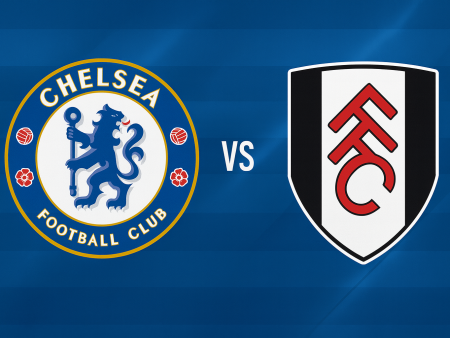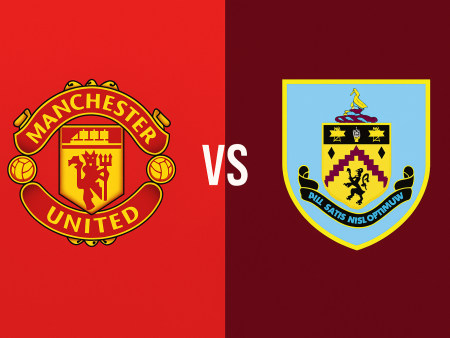Inside Luton Town’s Tactical Rise Under Nathan Jones
Luton Town have emerged as one of the most unexpected contenders in the EFL Championship, with their tactical setup turning heads across English football. Spearheaded by manager Nathan Jones, who has encouraged an intense, perfectionist culture within the squad, Luton continue their rapid climb since returning to the Football League in 2014. This analysis delves deep into the systems and strategies that have propelled the Hatters to the Championship play-off positions, placing them on the cusp of Premier League football.
Luton’s Preferred Formation: A Dynamic 3-4-1-2 Approach
Luton Town have relied largely on a flexible version of the 3-5-2 structure throughout the season, with the 3-4-1-2 providing the template for their attacking intent. Out of 44 league fixtures, the team featured in a three-centre-back setup 32 times, collecting far more points than in matches with a traditional back-four. When needing greater defensive solidity or aiming to contain stronger opposition, the team adapts to a flat 3-5-2 or even a 5-3-2 configuration, prioritizing compactness and discipline.
Despite having some experienced players like Henri Lansbury, Jed Steer, and Robert Snodgrass, Luton’s standout performers have been less heralded talents. Striker Elijah Adebayo quadrupled his previous season’s goal tally, netting 16 goals in 40 league games. Kal Naismith, equally adept at defending and building attacks, contributed with 2 goals and 7 assists. Collectively, the squad thrives on physicality and set-piece prowess, boasting an average of 24.4 aerial duels won per game-ranking fourth highest in the division. Their brand of football may not always be the most aesthetically pleasing, but it is both effective and relentless.
Defensive Strategies: Organization and Central Pressing
Luton’s strength lies in defensive discipline rather than dominating possession. Averaging just 44.2% possession-the fourth lowest in the league-Jones’ side is built to press aggressively from the front, winning the ball back and launching rapid transitions. They employ a direct passing strategy, seeking to quickly release the ball towards their forwards following a turnover.
Key defensive principles include:
- Tight man-marking across the pitch, ensuring that opponents have little space to operate.
- Central pressing traps that force opposition players to play into congested zones, increasing turnovers.
- A compact shape in midfield, with Pelly Ruddock Mpanzu often sweeping behind the other central midfielders, anchoring the defense and screening strikers.
While Luton’s narrow shape has resulted in conceding a relatively high number of crosses (20 per game, fourth most in the league), their five-man defensive line expertly clears danger. This resilience translated into just 48 goals conceded across 44 matches-a testament to their overall structure and tactical execution.
Attacking Blueprint: Vertical Play and Efficient Finishing
Offensively, Luton excel despite limited time on the ball. They play the highest number of long passes per game in the Championship (76 per match) and complete just 255 short passes per game-one of the lowest in the league. Their central philosophy revolves around finding target men quickly, often bypassing midfield with direct balls.
Attacking highlights include:
- Targeting Elijah Adebayo, who wins on average 4.2 aerial duels every game, as the focal point for long balls.
- Midfielders pushing forward to pick up second balls and support attacking moves.
- Wing-backs providing width, with one centre-back (often Naismith) stepping up into midfield to create overloads and support attacks, reminiscent of tactical innovations seen at Sheffield United.
The result of this approach is impressive: Luton have scored 62 goals, with Harry Cornick and Adebayo combining for 27 goals while countless others have chipped in, preventing reliance on just a couple of players.
Translating Luton’s Style to Football Manager
To replicate Nathan Jones’ tactical philosophy in Football Manager, a few core instructions must be followed:
- Adopt a 3-4-1-2 formation, with wing-backs pressing high and a ball-winning midfielder providing cover ahead of the center-backs.
- Instruct your team to implement intense man-marking, with forwards and midfielders closing down their direct opponents while wing-backs track wide opposition players.
- Utilize a low-possession, high-verticality tactic: encourage early long balls to a target man, instructing supporting strikers to make runs in behind.
- Maintain a disciplined back three in all phases, while allowing one centre-back to selectively push up in attack for numerical overloads.
- Emphasize defending as a unit; in practice, this means the entire team remains close-knit, forcing the opposition into central areas and winning the ball back as close to midfield as possible.
Luton’s propensity to win headed duels is mirrored in-game. Not only do strikers like Adebayo serve as prime aerial targets, but defenders also dominate in the air, contributing to a high volume of clearances and blocked passes every game.
Key Statistical Overview
Below is a summary of Luton Town’s tactical profile from the 2021-22 season:
| Category | Statistic | League Rank |
|---|---|---|
| Preferred Formation | 3-4-1-2 / 3-5-2 | - |
| Matches with Back Three | 32 (of 44) | - |
| Possession | 44.2% | 21st |
| Long Passes Per Game | 76 | 1st |
| Short Passes Per Game | 255 | 23rd |
| Aerial Duels Won Per Game | 24.4 | 4th |
| Goals Scored | 62 | - |
| Goals Conceded | 48 | - |
| Main Target Man | Elijah Adebayo (16 goals, 4.2 aerial duels/game) | - |
| Crosses Conceded Per Game | 20 | 4th Most |
Conclusion: Luton’s Blueprint for Success
Nathan Jones has instilled a fierce, disciplined, and uncompromising style at Luton Town, propelling the club into promotion contention against the odds. By maximizing the team’s physical strengths, efficient set-piece routines, and compact defensive shape, Luton have compensated for their lack of possession and spending power. As they continue to defy expectations, the possibility of a Premier League breakthrough remains within reach-showing that tactical clarity and collective spirit can overcome traditional limitations in English football.













